
Care of perennial plants
Throughout the seasons
Contents
Perennial plants come back every year much to our delight! However, they need a little care throughout the seasons, to allow the clump to grow in good conditions and to ensure generous flowering.
Discover our tips on how to look after garden perennials!
Caring for perennials in spring
Here are the right actions to take in spring :
CLEAN
Early spring, if you have not already done so during winter, cut back (cut to soil level) and remove all dry or damaged parts using a pruning shear or a shear.
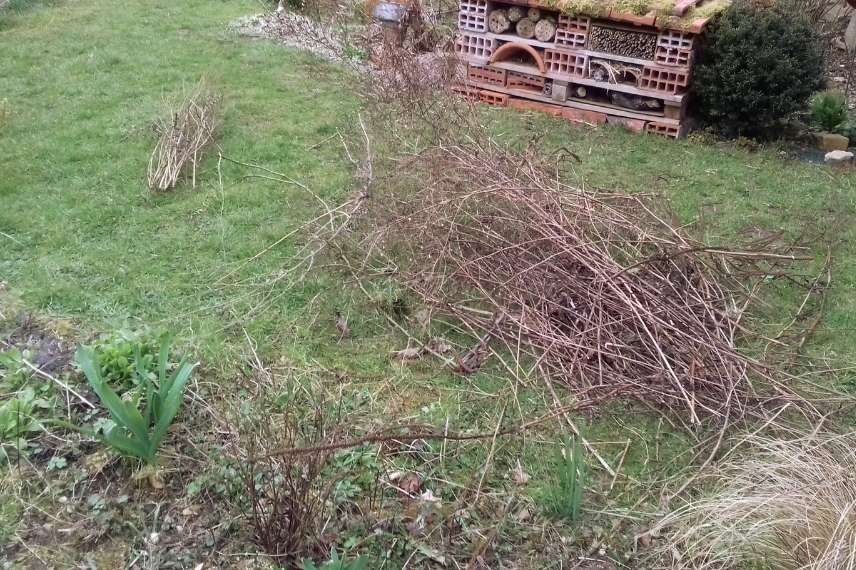
WEED
Manual weeding may be necessary to limit competition and to allow the plant to develop harmoniously. Carried out early in spring, weeding makes it possible to see and remove adventives before they are hidden by foliage of perennial plants in the border. It is a laborious chore but essential at this time of year because once done, you will not need to spend much time on it in following seasons.
DIVIDE
Division rejuvenates plants. They retain abundant flowering and gain in longevity. You can also consult our advice sheet: “Lifespan of perennial plants“.
Perennial plants that flower in summer and autumn are divided in spring. You will obtain new plants identical to the parent plant. Frequency of division depends on plant and its growth, which differs according to species, variety and growing conditions. If the stump begins to take up too much space, if it flowers less, or if the heart of the stump is ageing, division will be necessary.
To divide a perennial plant, you should :
- dig around it with a spade,
- lift it while keeping as many roots as possible (or simply take pieces from around the edge of the parent plant without removing it completely from the soil),
- divide the clump using a spade, a knife or a pruning shear. For some perennials such as Geranium ‘Rozanne’ for example, you will need to tease the roots apart to recover several divisions.
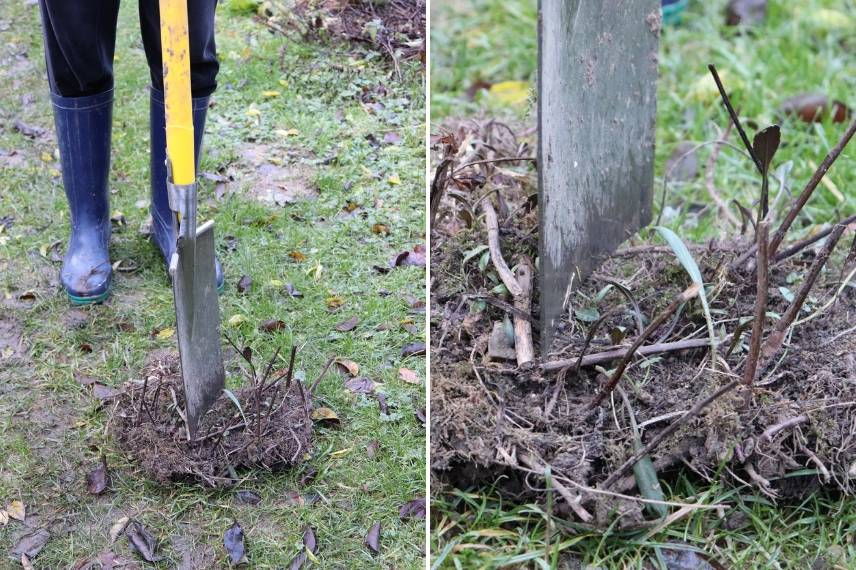
- replant the divisions quickly in situ, in nursery or in pots if you do not want to replant immediately or if you wish to exchange plants. Feel free to consult our advice sheet: “Plant exchange, our tips for organising“.
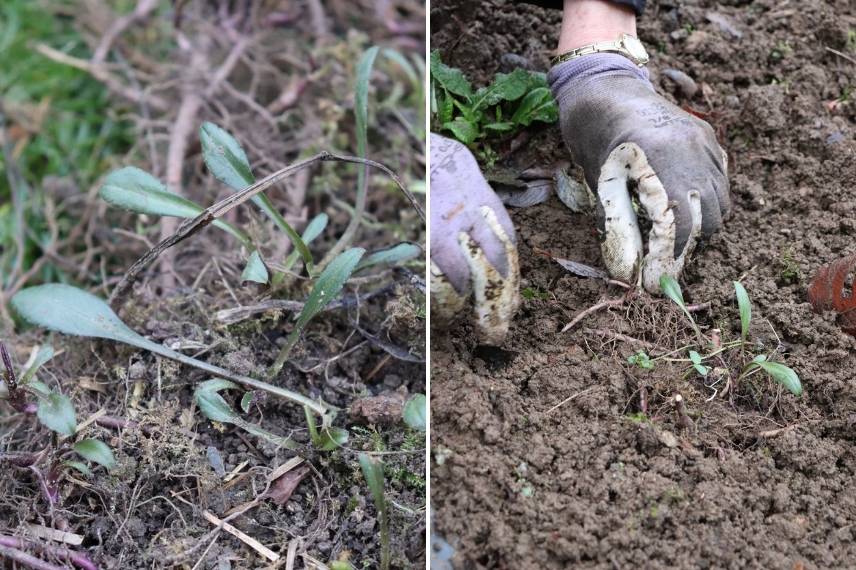
- water thoroughly and monitor watering in the following weeks.
Early spring is also ideal time to divide grasses; to see how to proceed, watch our video:
Be careful, division is not possible for some plants that form a tap root such as oriental poppy or lupin.
MULCH
Refresh mulch where necessary. Placed between clumps of perennial plants just after weeding, it will limit growth of adventives.
Consult our advice sheet : “Mulching: why and how?“.
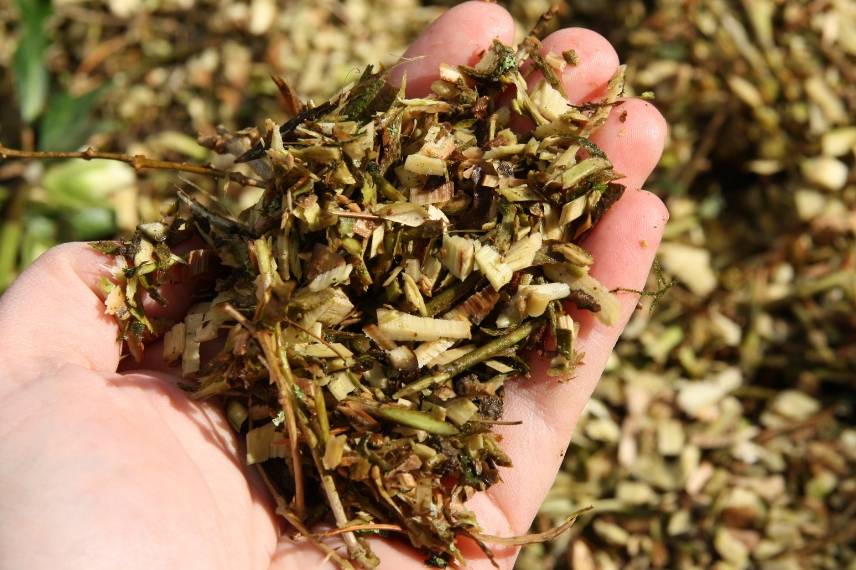
PRUNE
Tall perennials that tend to flop benefit from being pinched. To do this, cut about one-third of the clump using a shear. The aim is to encourage lateral shoots of the plant. The plant then becomes more compact and stems stronger. Staking then becomes unnecessary. Flowering will certainly be later but more abundant. This technique gives good results on large sedums, asters, chrysanthemums, kalimeris, coreopsis, penstemons, phlox, aconites, etc.
Feel free to read or reread Pierre’s post on the subject: “The Chelsea Chop, familiar with it?” , Gwenaëlle’s advice on 13 perennials to pinch, or watch Olivier’s video: Chelsea Chop and our tutorial on pruning perennial plants.
Finally, remove faded flowers every two days or so.
My tips :
Clean early in spring, when young shoots have not yet emerged, otherwise you risk damaging them.
I recommend roughly cutting back dry stems of perennials and leaving them in place as mulch.
For deciduous grasses, a trick is to tie the dried culms with string and cut with a shear to about 20 cm from the soil. The bundle can then be roughly chopped up to use as mulch as well.
For weeding, I like to use a gouge. This tool, available in garden centres, allows extracting adventives with as many roots as possible.
When dividing stumps, always favour divisions taken from the periphery of the stump. These are the hardiest!
Finally, work preferably when soil is friable, moist and not waterlogged. Establishment will be that much better!
Remember to pinch one-third of the stems :
- first time on Mother’s Day or when plants are about 30 cm tall,
- possibly a second time on Father’s Day for plants for which a first pinch is not sufficient, such as some very vigorous asters.
Finally, you can pinch only part of the stems, those at the front or on the periphery for example. This way flowering will be staggered and you will have blooms over a longer period. Test the method that suits you best!
Finally, some perennial plants will need support so they do not collapse at the first summer rain. Install a stake from spring. To learn more, discover our advice sheet how to stake a perennial plant !
Read also
Mulching: Why? how?Caring for perennials in summer
Here are key tasks to carry out in summer :
WEED
Continue weeding if needed. Eliminate the few adventive plants that were still in dormancy in spring, such as bindweeds and thistles.
DIVIDE
Some irises (germanica, pallida) are divided in summer, every 3–4 years to maintain abundant flowering. Watch our video to learn how to proceed :
PRUNE
Perennials that have finished their spring flowering can be cut back. This is the case for aubrietas, silver baskets, small wall bellflowers, etc.
You can also cut back perennials likely to flower a second time. Carry this out around June/July, when flowering appears to have finished. Cut to 20 cm above soil using shears. This concerns achilleas, alchemillas, Campanula persicifolia, delphiniums, gauras and valerians. You can cut back nearer the soil for hardy geraniums, nepetas or erigerons.
For perennials that produce flowers continuously, such as coreopsis, watch for the moment when flowering starts to fade and shear the whole clump with shears, even if it means sacrificing a few flower buds.
Finally, keep removing faded flowers and remember to remove those from plants that tend to self-seed a little too much for your liking.
WATER
Plants newly planted in spring need particular attention. Their roots are still shallow and these plants will therefore be more sensitive to lack of water. Make sure to water regularly during periods of drought, at least once a week, or more if it is very hot and if plants prefer soil that stays cool in summer. Exception made for camel plants (sedum, sempervivum, etc) which manage with little water.
My tip :
I prefer to water very early in the morning so the plant has time to benefit before heat evaporates the water. Thermal shock is also reduced. If you cannot water in the morning, do it late in the evening. Be careful, a glass of water is not enough! Soil at the base of the plant must be well moist, otherwise it is pointless.
Discover other Perennials
View all →Available in 1 sizes
Available in 0 sizes
Available in 1 sizes
Available in 1 sizes
Available in 2 sizes
Available in 1 sizes
Available in 1 sizes
Available in 1 sizes
Available in 1 sizes
Available in 1 sizes
Caring for perennials in autumn
Here are the right actions to take in autumn :
WEED
Again, pull out any adventive plants that could hinder growth of your perennial plants.
AMEND SOIL
Some plants are nutrient-hungry, such as herbaceous peonies for example, and require an annual application of well-rotted manure or compost.
DIVIDE
Autumn is the best time to divide perennial plants that flower in spring, such as pulmonarias, brunneras, centaureas… For this, proceed as you would when dividing in spring.
MULCH
Take advantage of this period when dead leaves are being raked up to mulch the borders !
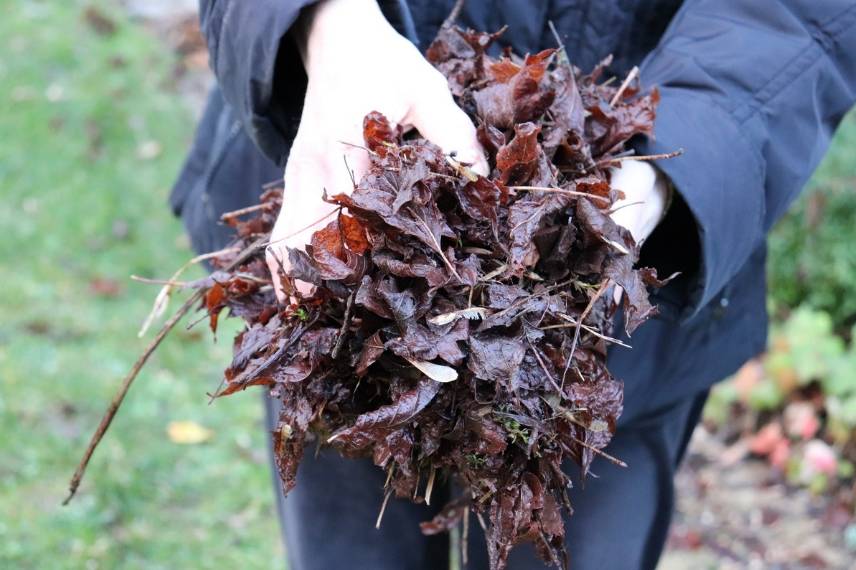
PRUNING
Continue to remove faded flowers in order to prolong flowering.
My tips :
To feed peonies well, I place a generous amount of well-rotted manure around their base, which I fork in the following spring.
Some perennial plants remain decorative once faded. They add structure and are enhanced by frost. This is the case for veronicas, veronicastrums, stachys, monardas and, of course, grasses. Better to leave them and only cut in the following spring.
I also recommend cutting back perennials prone to diseases such as powdery mildew so that frost destroys as many of the fungus spores as possible.
Read also
Lifespan of perennial plantsCaring for perennials in winter
Here are the right things to do in winter:
CLEAN
You can start removing damaged or dried parts unless you want to leave them as shelter for beneficial garden wildlife.
MULCH
Mulch beds generously to avoid keeping the soil naked in winter and protect stumps and soil life from winter cold.
My advice:
I advise removing old leaves from hellebores when you start to see flower buds. In any case, old foliage is beyond saving and flowers will be much more visible.
The same applies to evergreen epimediums: cut back clumps in late winter once severe frosts are no longer likely. They will soon produce fresh young foliage and you can admire flowers more easily.
- Subscribe!
- Contents


































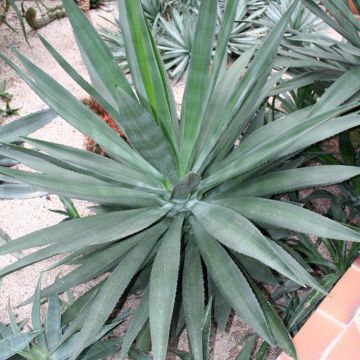
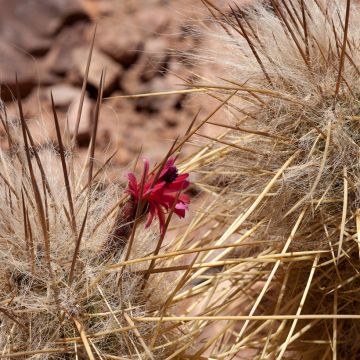
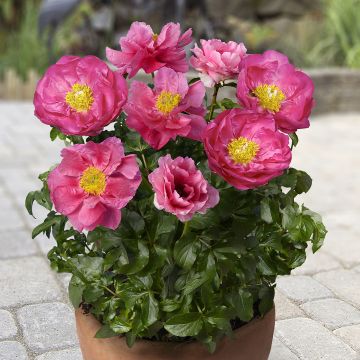
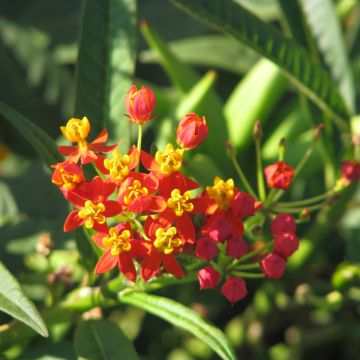
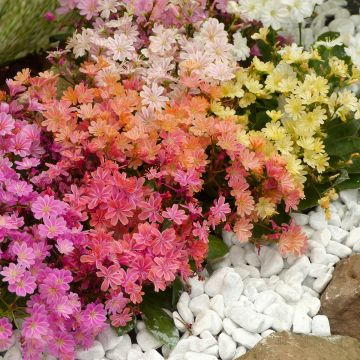
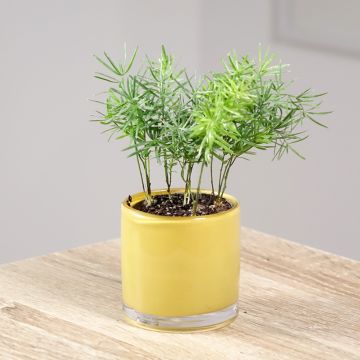
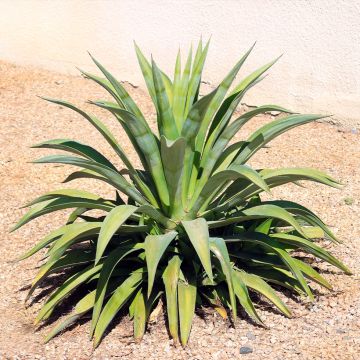
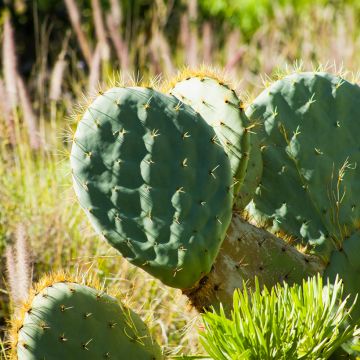
Comments